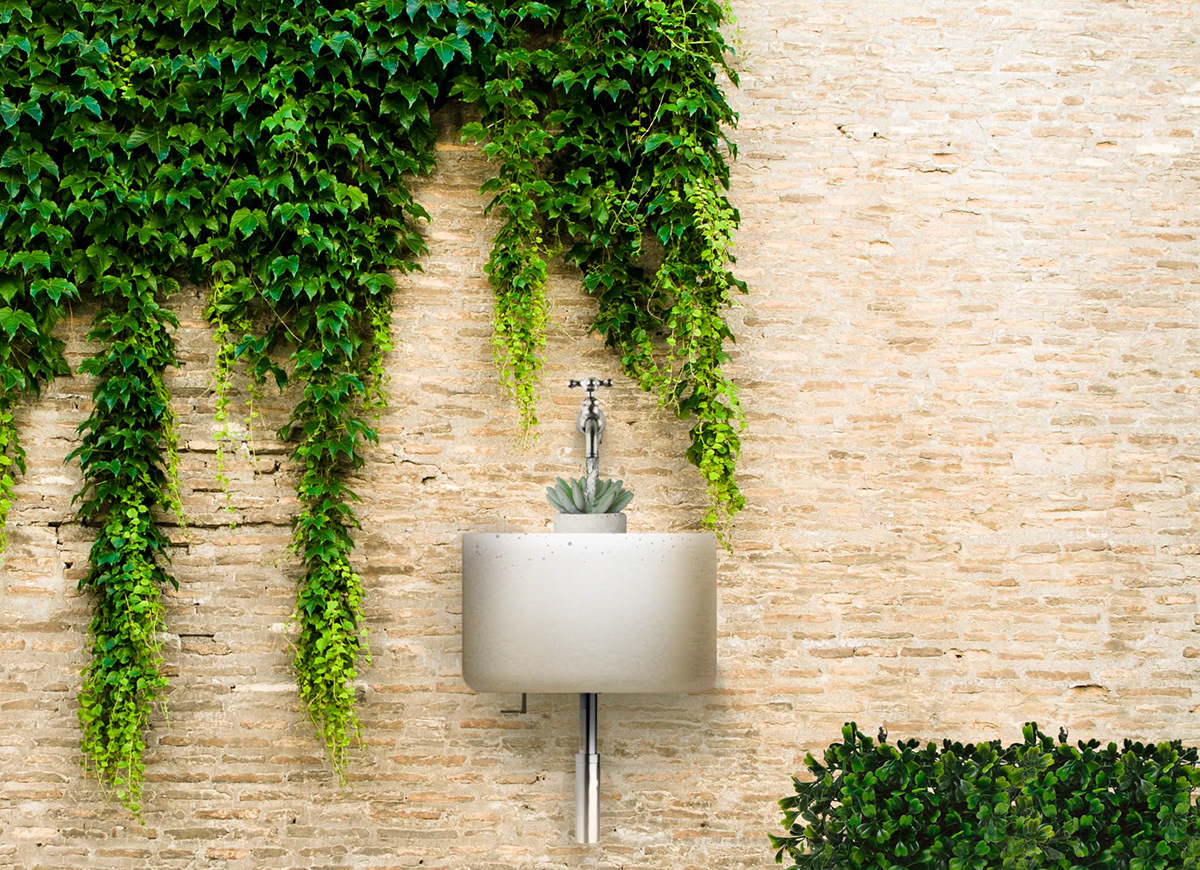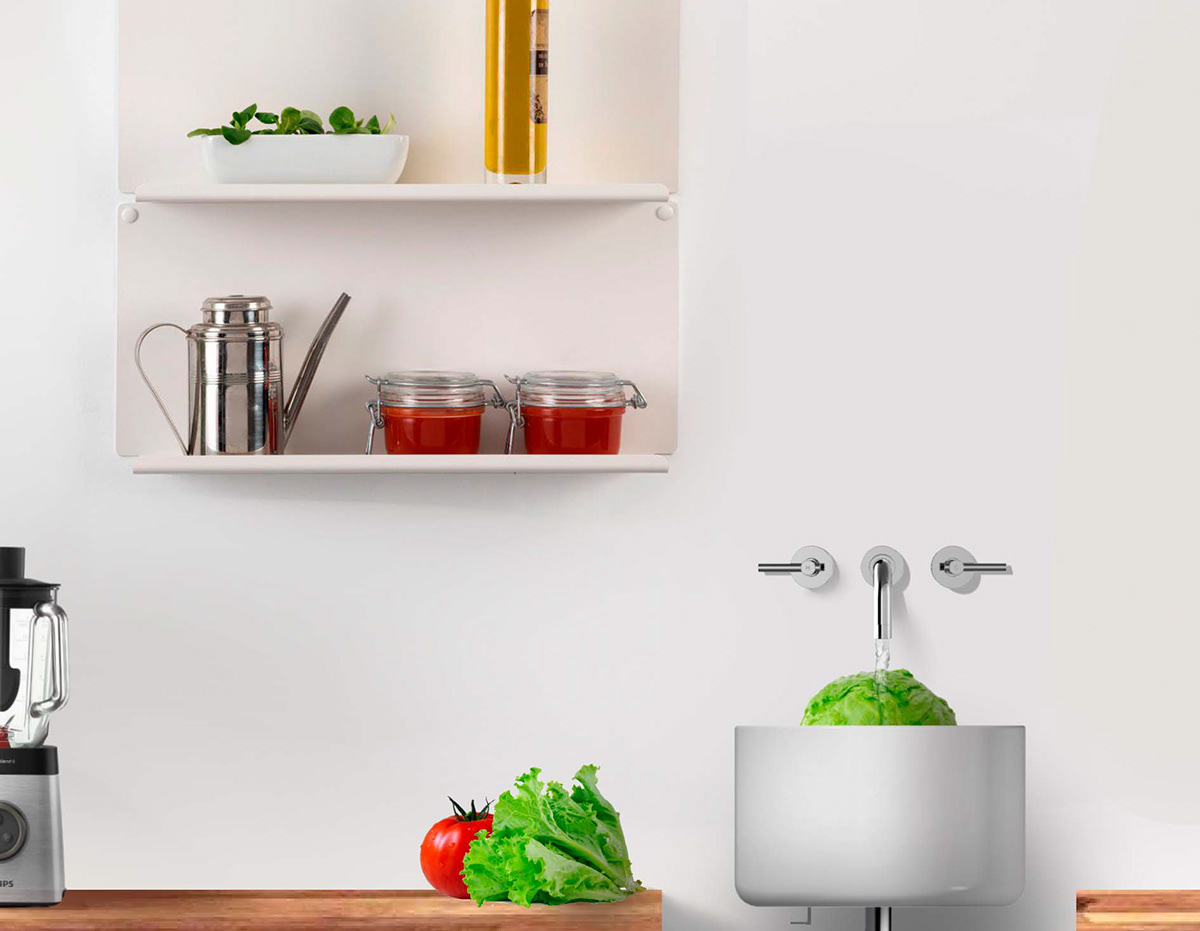Amata Washbasin
- Agape -
A small washbasin at an intersection
The following project was developed for Agape and guided by Sara Ferrari during the first semester of 2019 for a period of 7 weeks in the University of los Andes. Agape is an Italian company established in 1973 by the Benedini family in Verona, through their design process and philosophy they seek to shift the bathroom from a functional space to an emotional centre of the home, becoming a dynamic and rejuvenating environment devoted to personal wellbeing.
The Agape Team gave us a brief in which the importance of maintaining this philosophy and aesthetic when elaborating and developing our proposal was highlighted:
"Agape would like you to design a small washbasin. Washbasins are usually found in bathrooms and the one we want you to design and we are looking for is supposedly at the intersection of three different materials and a number of different manufacturing processes closely related and specific to each of them, the given materials are Cristalplant, Concrete and Marble. This small washbasin should be able to come into existence in each and every one of the materials above while keeping its shape and size constant.
Even though someone once said that form follows function, Angelo Mangiarotti showed the world that it is not that simple.
This should be fun.
Agape."



For the planning and development process it was essential to bear in mind that one of the requirements was the possibility of producing this product in three different materials (cristalplant, marble and cement).
This greatly influenced the design process because what each material allows in its use is very different, from the thickness with which the product can be made up to the weight or aesthetics that it would give. Cristalplant was a material that we had to learn from scratch because its use is still very new in the market and not very known. It is fluid, organic, very smooth, circular or angular and faceted. Absolutely perfect to give objects an unparalleled soft-touch effect, it has a velvety texture that reminds of natural stone. Its aesthetic qualities add to the technical ones: other materials employed in this sector are impossible to repair once scratched or chipped. The solid surface material produced is instead homogeneous throughout its thickness and can be therefore restored by simply rubbing its surface with a sponge and a small amount of a common abrasive cleaner


To establish a clear idea of what we wanted to achieve, we defined an abstract and a design goal that helped guide and align the concept and the aesthetic during the whole process:
Design Goal
Design a wash basin that creates a new surface throughout different elements, providing a new way of experiencing the product.
Abstract
This wall mounted wash basin allows different uses by creating a new surface that generates a multifaceted piece without losing its harmony and simplicity.


Most washbasins limit themselves to only one purpose or use, to wash your hands with the purpose of being clean. We offer a washbasin that expands its range of possibilities to the user without modifying its prime or original structure.
This wash basin comes with a grid that allows the user to have a new surface that can be use in many ways and in different contexts. This grid is removable and can be placed on the bottom of the washbasin in a small hanger placed with the purpose of allowing the user to have the standard surface of a washbasin and a wider range of possibilities.
It's ideal for small bathrooms or apartments with reduced spaces, for outer areas of the house, like the garden or the yard, or as an alternative wash basin in the kitchen for practical purposes. Some of these uses and possibilities are shown and displayed in the renderings below.





Final Prototype












